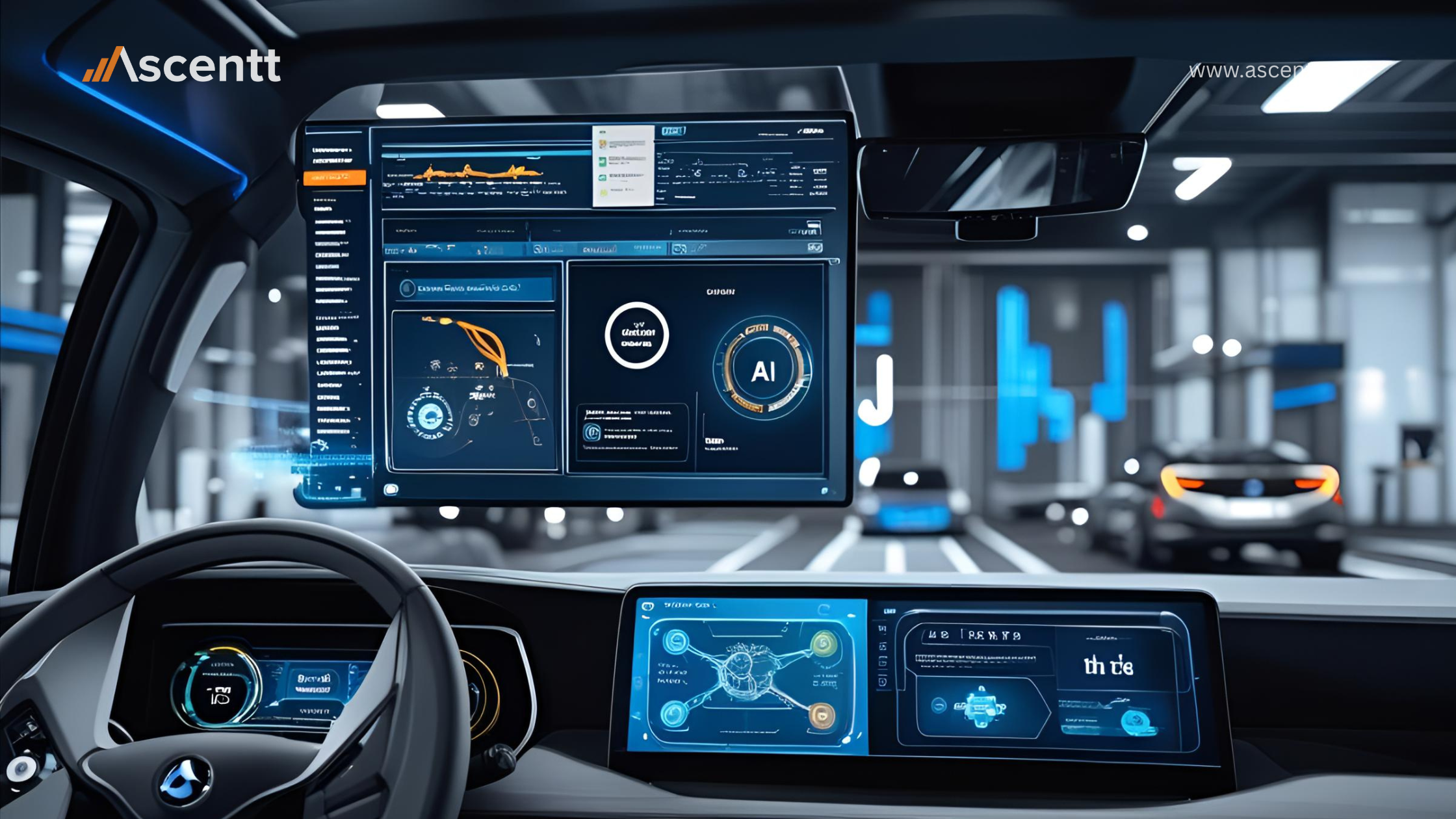Have you ever been in a panic when your car suddenly slows down and you are unsure whether to follow the GPS or steer clear of the sudden impediment ahead? Millions of drivers across the world have been in this situation before, especially since car makers are increasingly using artificial intelligence (AI) to make decisions in a split second. Today, standard AI systems, including those that mostly respond, cannot handle complicated driving situations very well.
Agentic AI does not only react like traditional AI, it also predicts, plans, and organizes duties, just like a professional human driver would. Knowing the difference between agentic AI and classical AI is beneficial, it’s necessary for car companies that want to make cars safer and better for drivers and be at the forefront of the self-driving car revolution.
Understanding Traditional AI in Automotive
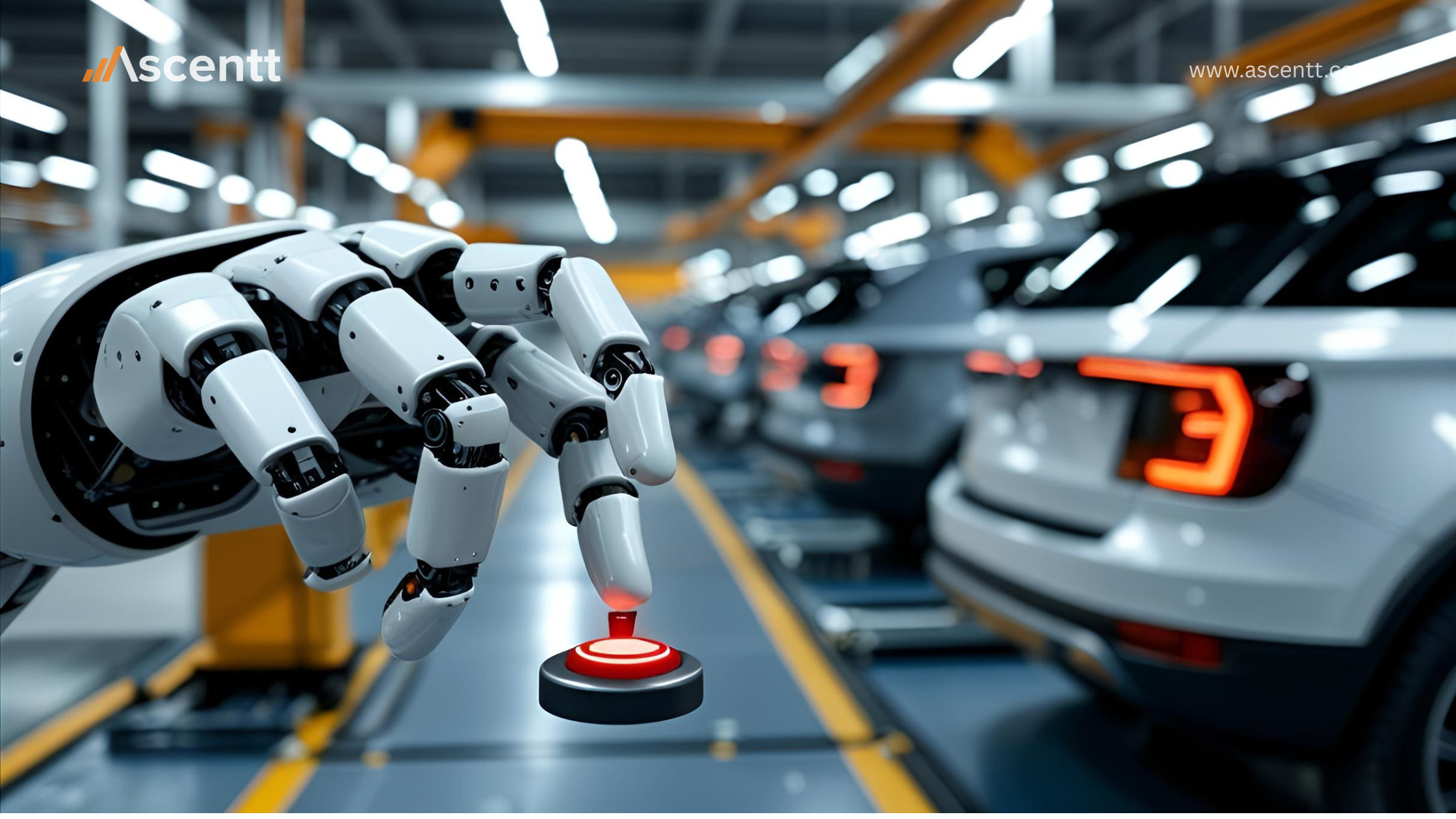
In the automobile industry, traditional AI mainly refers to systems built to obey set rules and respond to certain situations. These reactive AI systems can do simple things like help you stay in your lane, alter cruise control, and find fundamental obstacles. In short, traditional automotive AI is good at performing simple tasks repeatedly or responding to inputs that have already been set.
But this kind of AI has some glaring issues. It has a hard time when things get complicated, change quickly, or happen that are not planned for, like when you are driving in the actual world. Traditional AI can’t change its plans based on new or unexpected situations ahead of time. For instance, if a basic AI-driven automobile runs into unexpected road dangers or strange traffic patterns, it might not be able to drive safely, meaning that people would have to make significant judgments.
This reactive AI is quite similar to rule-based techniques, and it often can’t show that it can reason independently, which is important for modern car applications.
Rise of Agentic AI: The New Paradigm
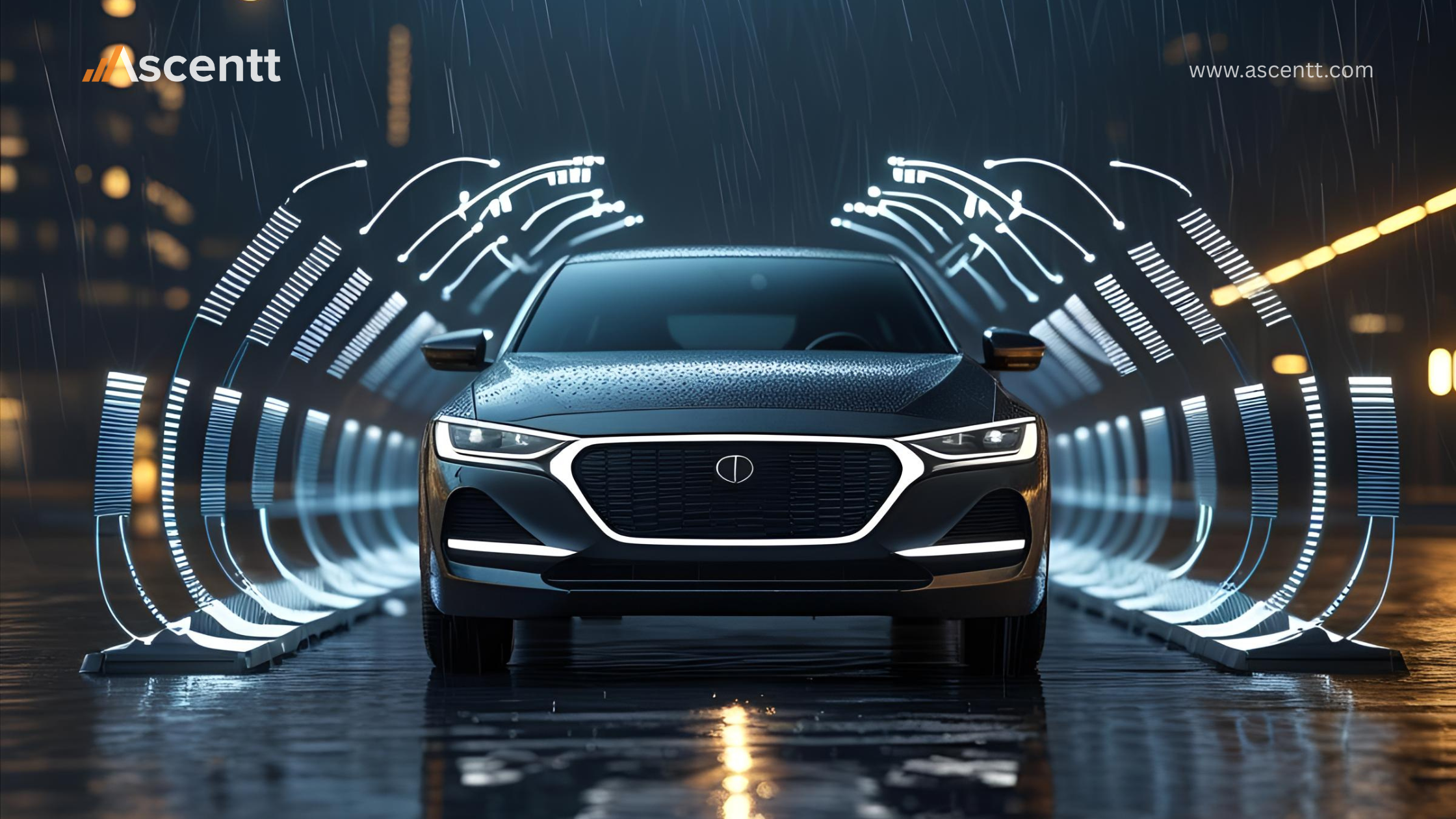
Agentic AI is a big step up from typical systems that only respond. Agentic AI differs from traditional automotive AI since it uses advanced autonomous reasoning algorithms that can make decisions and organize tasks independently. These smart systems don’t just respond; they also predict what will happen, change as needed, and work together smoothly in contexts with several agents.
For example, agentic AI in cars looks at the traffic and weather around them in real time to predict possible accidents and decide what to do long before they happen. Multi-agent systems operating together give this power to change things. Each AI agent looks at circumstances independently, but they all work together to plan their answers. It makes driving safer and easier to understand by tackling difficulties that reactive systems can’t handle.
At Ascentt, we have seen for ourselves how agentic AI improves car decision-making. This is especially true with powerful autonomous reasoning and predictive skills that make cars smarter and safer.
Comparative Analysis: Agentic AI vs Traditional AI
To clearly understand why automotive manufacturers are shifting towards agentic AI, let us briefly explore key differences between traditional and agentic systems:
|
Aspect |
Traditional AI |
Agentic AI |
|
Decision-Making Approach |
Reactive and rule-based, responding only to predefined conditions. |
Proactive and adaptive, capable of independent reasoning and dynamic decision-making. |
|
Adaptability |
Limited adaptability, struggles with new, complex scenarios. |
Highly adaptable, continuously learns and adjusts in real-time. |
|
Scenario Management |
Effective in simple, predictable scenarios like lane-keeping or speed control. |
Handles complex, unpredictable situations, such as sudden road closures or erratic driver behavior. |
|
Multi-Agent Collaboration |
Typically single-agent, limited task management capabilities. |
Supports multi-agent systems, enabling sophisticated task orchestration and coordination. |
|
Safety and Reliability |
Lower reliability in dynamic conditions, prone to errors when faced with uncertainty. |
Improved safety through predictive analytics, autonomous reasoning, and proactive hazard avoidance. |
Real-World Application and Benefits of Agentic AI in Automotive
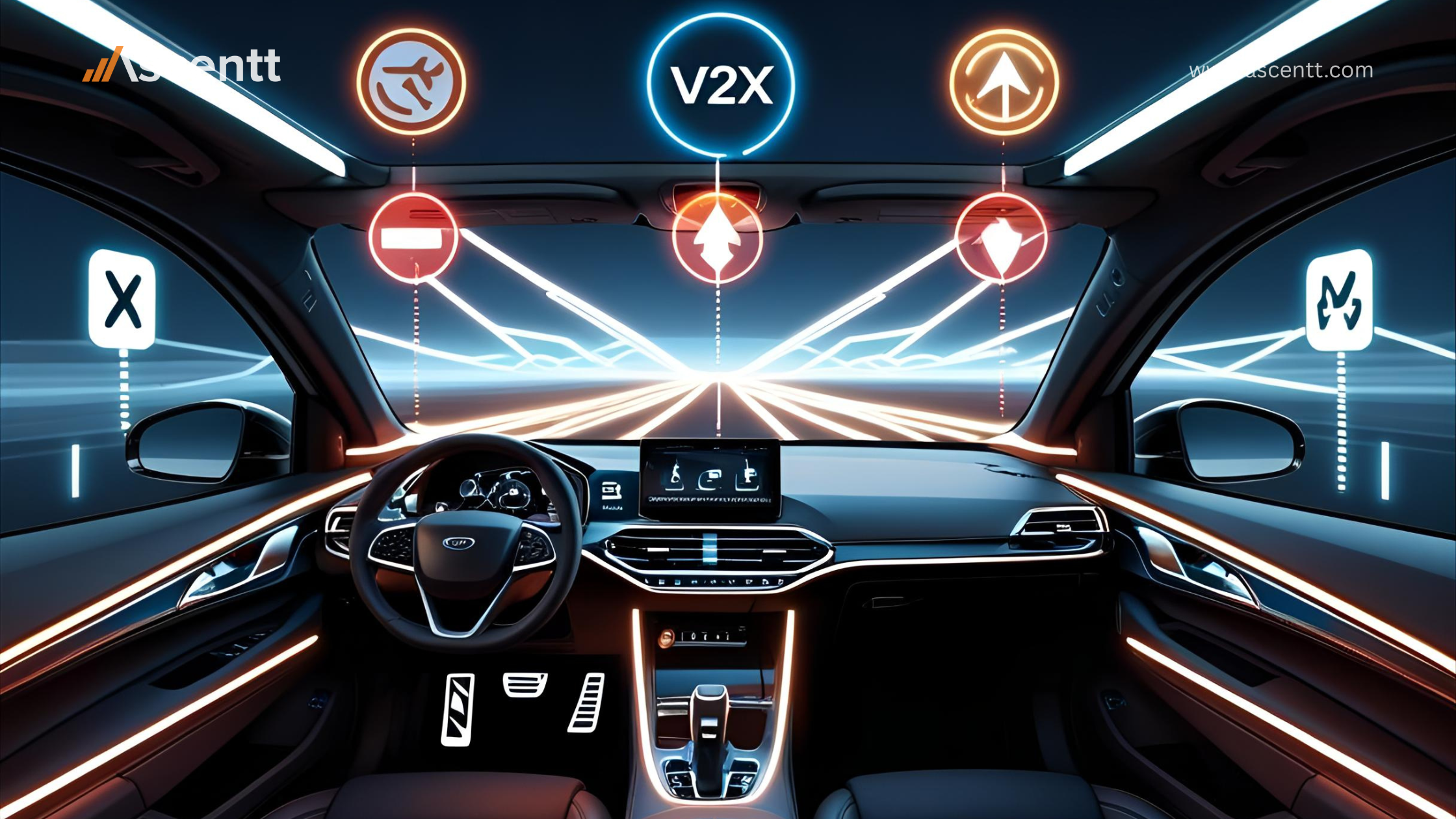
Car firms increasingly use agentic AI to make cars safer, more efficient, and better overall driving experiences. Think about self-driving cars, which have advanced autonomous thinking algorithms that actively predict traffic patterns, how pedestrians will respond, and possible dangers instead of just reacting to things as they happen. For instance, if a car in front of you suddenly brakes, an agentic AI-equipped automobile immediately plans safe moves based on what it thinks will happen next with the other vehicles.
At Ascentt, we were able to add similar proactive AI features to cars for our automotive clients. These features improved the cars predictive safety features without making the existing systems too complicated. Also, multi-agent systems have been used successfully to improve AI for V2X Communication, which lets cars talk to each other and the infrastructure around them without any problems. This makes the roads much safer and makes it easier to manage traffic.
Challenges in Adopting Agentic AI in Automotive
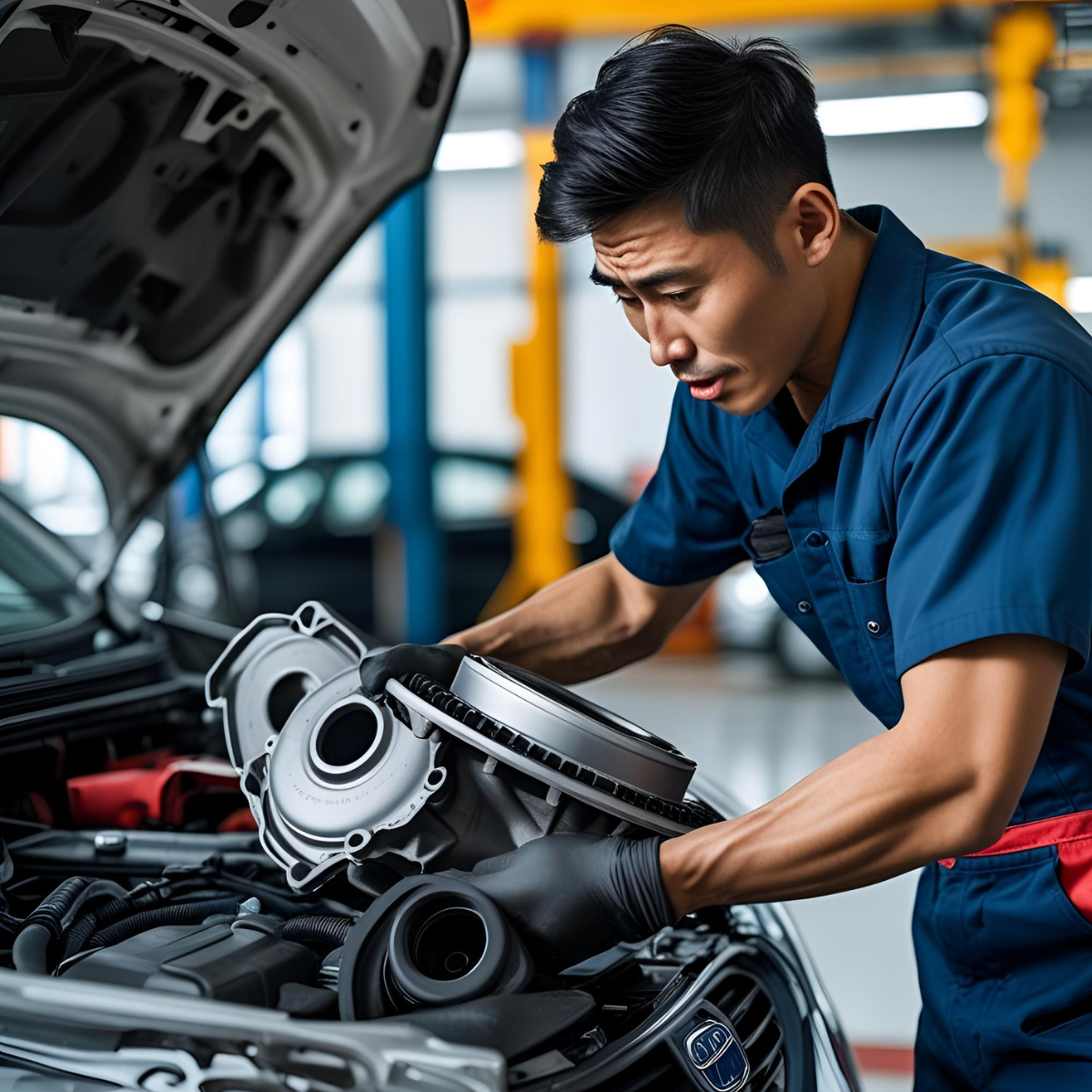
For most manufacturers, switching from deterministic, rule-based systems to dynamic, self-learning architectures is a big step forward in technology and organization. The key to making the most of this change is overcoming problems with integration, compliance, and resources.
Integration with Legacy Systems
Merging advanced autonomous reasoning systems into existing vehicle architectures can be difficult. Many platforms were built for reactive AI, so retrofitting them to support dynamic, proactive decision making often requires substantial redesign and validation.
Complexity of Multi-Agent Systems
Architecting and keeping up with several AI agents that work together without a hitch makes things even more complicated. To ensure that things work reliably in the real world, teams must invest in specialized talents for continual training, performance tweaking, and mistake diagnostics.
Regulatory and Safety Compliance
Proactive AI behaviours must satisfy stringent safety standards and gain approval from regulatory bodies. Demonstrating predictable, auditable decision paths while preserving the system’s adaptive capabilities demands extensive testing and documentation.
Resource and Cost Considerations
Building agentic AI modules and using them on a large scale requires a lot of money to buy computers, set up data pipelines, and hire experts. Automakers need a clear plan that breaks down their goals into phases to balance new ideas with budget and time limits.
Conclusion
Thanks to proactive agentic AI, automakers can expect problems and improve real-time performance. Integration and compliance are problems, but Ascentt’s staged pilot programs and strict validation ensure that adoption goes smoothly and with little risk.
Ready to accelerate your journey with decision-making AI cars? Contact Ascentt today to learn how we can help.
FAQs
1. How can agentic AI help my delivery fleet navigate congested Mumbai roads more safely?
In Mumbai's heavy traffic, agentic AI systems can predict when lanes suddenly change and when pedestrians will move strangely. Your vehicles can proactively change routes and speeds by constantly analyzing real-time sensor data and coordinating various decision agents. This lowers the chance of accidents and puts deliveries on schedule.
2. As an automotive manufacturer in Germany, how does agentic AI ensure compliance with strict EU safety standards?
Agentic AI makes clear and easily checked decisions, and it follows EU rules like UNECE R157. Every step of autonomous reasoning is recorded and checked against safety situations. This gives regulators and engineers concrete proof of how and why each choice was made, speeding up certification and building trust.
3. What industry-specific benefits does agentic AI deliver for a ride-sharing service operating in Bangalore?
In Bangalore's fast-paced market, agentic AI ensures that vehicles are sent out on time, predicts when they will need maintenance, and adjusts to sudden changes in demand. By coordinating several AI agents, one in charge of routing and another in charge of monitoring vehicle health, it cuts idle time, decreases operating costs, and makes passengers happier during busy times.
